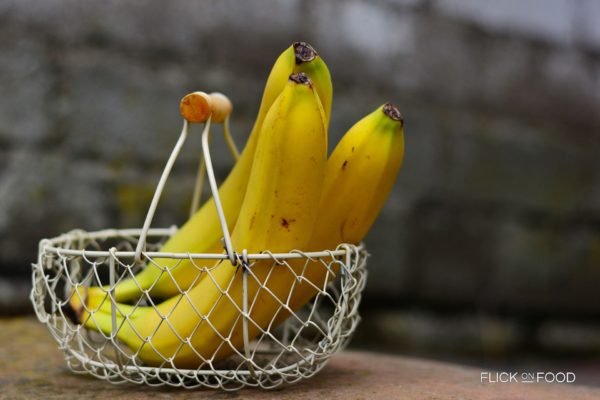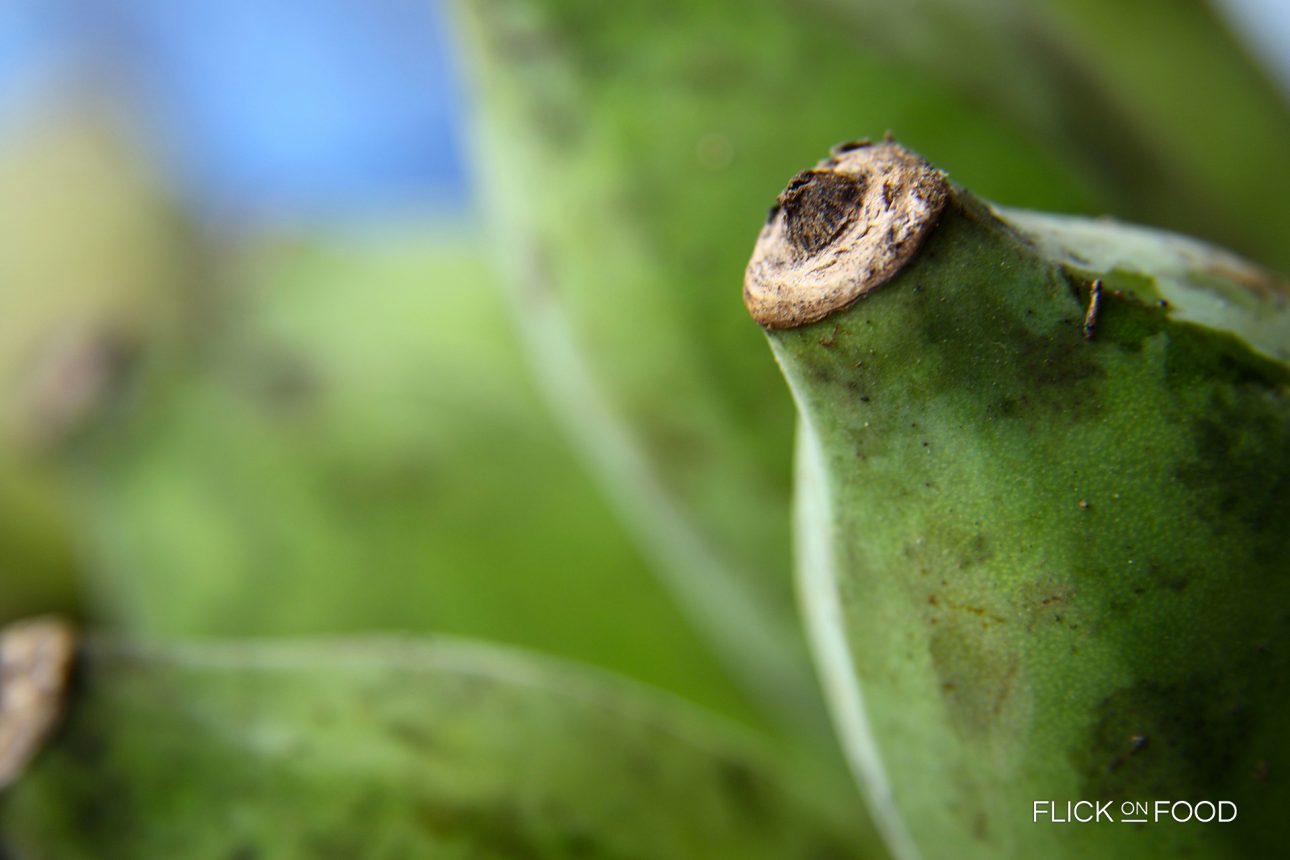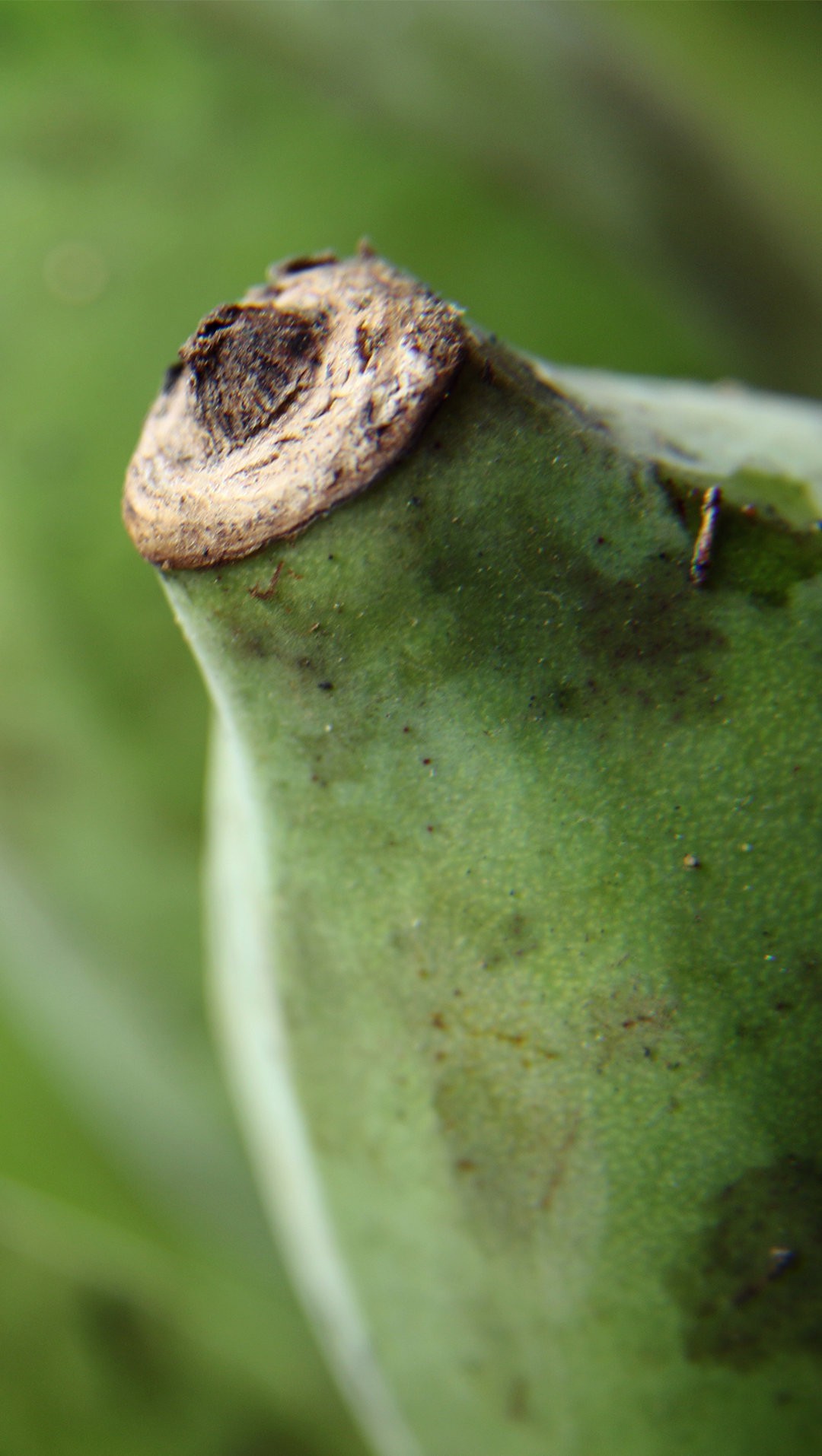Sicilian Musa bananas are fragrant with a cinnamon aftertaste, great in desserts and smoothies.
Origin
In the early 1900s, a citrus farmer from Sicily brought a banana plant back with him from a trip to South America. He planted it in the garden of his Palermo home, and it soon began producing its first fruit. Today, the great-grandson of that pioneer cultivates 1,200 banana trees whose fruit is sold not only in Sicily, but throughout Italy. The Sicilian varieties are not the Cavendish, which is the most common type. Rather, they are the Musa capriciosa and the Musa paradisiaca. The former is long and thick, while the latter is small and curved. It’s this second type that the Valle Dell’Oreto company focuses on. Located south of Palermo, the area is characterized by a sub-tropical climate. This means relatively stable temperatures, moderate humidity, and mild winds. The ideal temperature is 21-24°C, or in any case, not below 10°C.
Cookit
Sicilian bananas are bigger and thicker than the classic Chiquita. They’re also a brighter yellow and don’t turn black. They’re meatier, and have a sweet and aromatic flavor with a slight aftertaste of cinnamon. These characteristics make them ideal to eat either raw or dried, and are perfect paired with milk, yogurt and cereal.
Did you know
Bananas stay green until the end of summer, when they will start turning yellow. At this point, they should be cut from the bunch. Green bananas mature within a few days, but inconveniently, they’ll all do it at the same time. That’s when you’ll need to eat them as quickly as possible–following the trendy diet hailing from Japan, “bananas at breakfast.”





